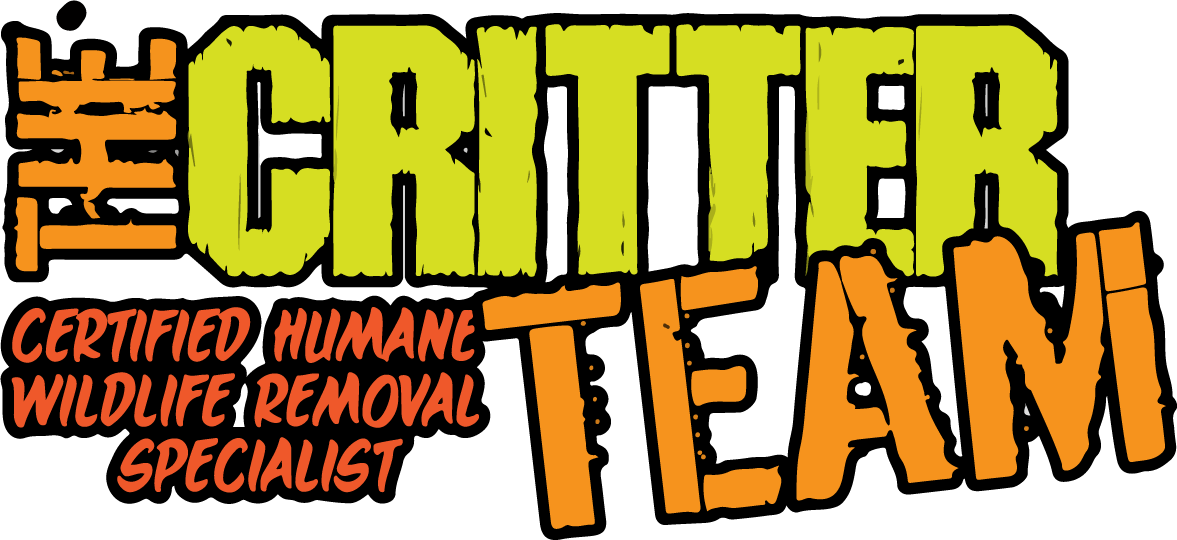White-Nose Syndrome (WNS)
Just like in people, animals are able to experience epidemic problems, diseases, and illnesses. Certain bat species in North America are experiencing such a problem right now. They are being plagued by something known as white-nose syndrome. This is a fungal infection caused by a fungus called Pseudogymnoascus destructans (Pd), which presents itself as a white, furry substance on their faces. This is how it got its’ name.
Where did it come from and where was it found?
It was first seen by cave explorers in caves near Albany, NY in 2006. Explorers took photos of bats that had the fungus on their faces and then biologists looked into the issue. Biologists began to see sick and dying bats as a result of the fungus in 2007. This fungus has been seen in bats in Europe and Asia, but it is not making the bats of these areas sick and killing them like it is in the U.S. They are not sure how it got to North America, but they have some very educated guesses.
This fungus can survive for long periods of time on things like shoes, clothes, and other outdoor supplies and clothing. It is likely that is was introduced into these habitats by people bringing it in with them. It is also possible for the fungal spores to also be in the environment where the bats are feeding and roosting. It is now spreading across the United States and Canada from bat to bat contact.
How does the fungus behave and affect the animals?
Pd grows in places that are cold, dark, and damp and it attacks the bare skin of bats during periods of inactivity. The most likely time when this fungus infects an animal is during hibernation. People are not able to contract the fungus, they are just believed to be the spreading agents of the spores.
This fungus makes bats act in ways that are unnatural and will put them in danger of illness and/or death. It causes them to become active at times when they are meant to be hibernating. This activity burns fat stores that they have created in order to survive their winter hibernation. It will cause them to do strange, uncharacteristic behaviors like flying around in the daytime during winter months. As they use these stores, they are decreasing their chances of being able to survive the winter months.
What species are being affected and what is being done to help them?
There have been millions of bats killed across North American due to this fungal infection. It has been so bad in some areas that 90% or more of a region’s population has died as a result. The species that are being most affected by it are the northern long-eared bat, the little brown bat, and the tri-colored bat. It has been seen in other species, but they are not being decimated and killed like the three species listed here.
Scientists all over the world are taking proactive steps to study and understand this fungus so that the bats can be saved. They are experimenting with vaccines and habitat changes so that the bats of North America are saved from decimation.
